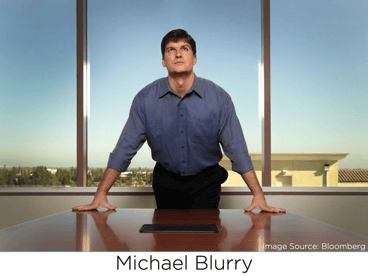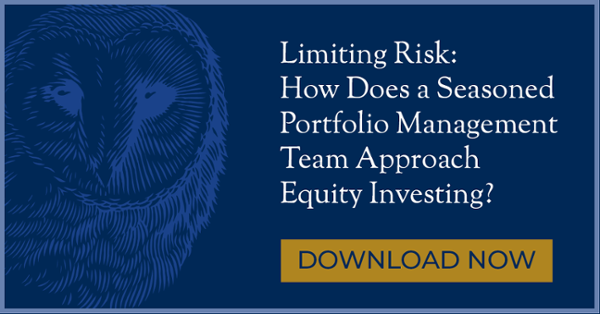Is there a Bubble in Passive Investments?
Michael Burry, whose firm Scion Asset Management made approximately 489% betting against the housing bubble during the Global Financial Crisis, recently made headlines again. This time, he is of the opinion that another bubble exists today, and passive investment vehicles are to blame.
“The bubble in passive investing through ETFs and index funds, as well as the trend to very large size among asset managers, has orphaned smaller value-type securities globally,” said Mr. Burry.1
In other words, as a result of the most-popular passive funds, which tend to track large cap indices like the S&P 500, a disproportionate amount of capital has flowed toward large cap companies, inflating their valuations and stock prices as a result. Small caps are now comparatively undervalued. This is especially true for small caps on the value side of the spectrum which have been left behind as investors have chased after growth stocks over the past few years.

Elaborating, Mr. Burry said “index fund inflows are now distorting prices for stocks and bonds in much the same way that CDO purchases did for subprime mortgages more than a decade ago. The flows will reverse at some point and it will be ugly when they do.”2
He may have a point.
According to Charles Schwab, ETFs have continued to pull in money at a blistering pace. 2018 marked $313B in inflows, down from $466B in 2017 but in line with recent years. Investors have also gravitated toward very conservative options like short duration and Treasury strategies.3
“In the Russell 2000 Index, for instance, the vast majority of stocks are lower volume, lower value-traded stocks. Today I counted 1,049 stocks that traded less than $5 million in value during the day. That is over half, and almost half of those -- 456 stocks -- traded less than $1 million during the day. Yet through indexation and passive investing, hundreds of billions are linked to stocks like this. The S&P 500 is no different -- the index contains the world’s largest stocks, but still, 266 stocks -- over half -- traded under $150 million today. That sounds like a lot, but trillions of dollars in assets globally are indexed to these stocks. The theater keeps getting more crowded, but the exit door is the same as it always was. All this gets worse as you get into even less liquid equity and bond markets globally,” said Burry.4
It is worth noting that market savants like Mr. Burry, and even prominent hedge fund managers like John Paulson (who also predicted the housing market collapse but has been wrong on subsequent bets) have a mixed track record of predicting market directions. Only time will tell if such a bubble exists, and what will happen to passive vehicles if we experience another down year like 2000 or 2008.
If you would like to be notified when we release new market insights, please fill out the form on the right, "Stay up to date with current market trends," and we will send you an email.
The links above open new windows that are not part of www.danafunds.com.



